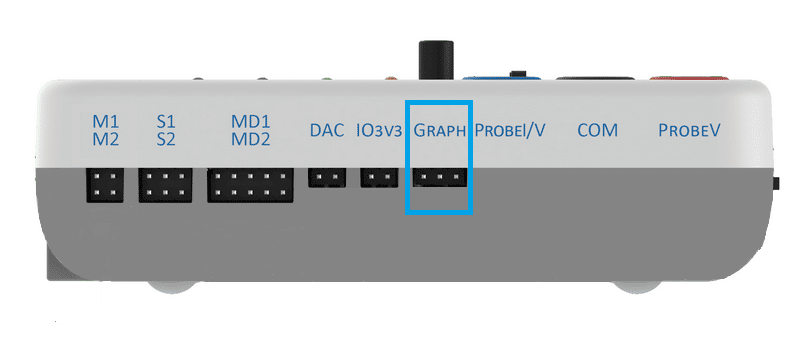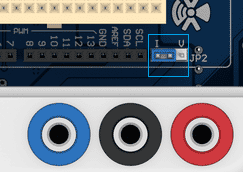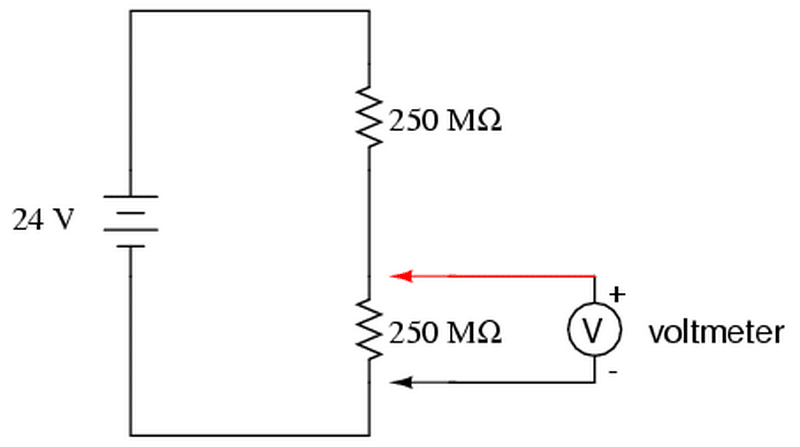Introduction
evive can be used as a voltmeter or an ammeter. It uses a 24-bit dual channel ADC IC (ADE7912) for sensing Analog signals. There are two channels for data acquisition namely Probe I/V and Probe V. The Probe I/V can be used to sense currents or voltage as per the Jumper selection(JP 2 on evive). The current sensing has an accuracy of 3mA with a range of -3A to +3A, while in voltage mode, the accuracy is of 3mV with a range of -5V to +5V. The Probe V can be used for higher voltage sensing in range of -30V to +30V with an accuracy of 10mV.
Settings
There are three header and three banana jacks where you can connect your sensing wire and sensing banana cable respectively. The middle one is the reference point (means the voltage or the current is measured with reference to this probe) in both cases for headers as well as banana jacks. The banana jacks are named Probe I/V, COM, and Probe V respectively. Actually, both header and banana jacks are the same connections. Just to provide the user with ease of giving input signal through jumper wires or commonly used banana cables two different locations for applying signal are given. The header pins are marked as “Graph” on the evive board. In that also pin on the left side is Probe I/V, the middle one is COM and on the right side is Probe V.
There are two options for the user depending upon location jumper JP2 on evive:
- ProbeV (30V) and I/V (5V): When jumper JP 2 is kept on V side(right side) at that time we can measure a voltage signal in range of -5V to +5V on Probe I/V with accuracy of 3mV and a voltage signal in range of -30V to +30V on ProbeV.
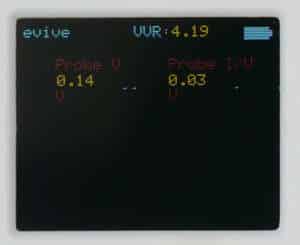
- ProbeV (30V) and I/V (3A): When jumper JP 2 is kept on I side(left side) at that time we can measure a current signal in range of -3A to +3A on Probe I/V with accuracy of 3mV and a voltage signal in range of -30V to +30V on ProbeV .

You have to be very careful about the jumper for sensing. If you are sensing voltage from the probe/V channel, then it should be placed on the right header(V side) and if you sensing current, then place it on the left header(I side).

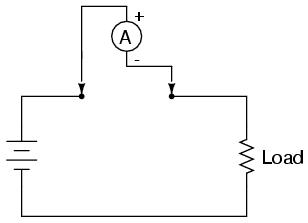
Conclusion
In conclusion, evive can be used as a voltmeter or an ammeter, depending on the jumper selection. The accuracy of the readings is 3mA for current sensing, 3mV for voltage sensing in the range of –5V to +5V, and 10mV for voltage sensing in the range of –30V to +30V. It is important to be careful when selecting the jumper and to remember to connect the probe in parallel when measuring voltage and in series when measuring current.



